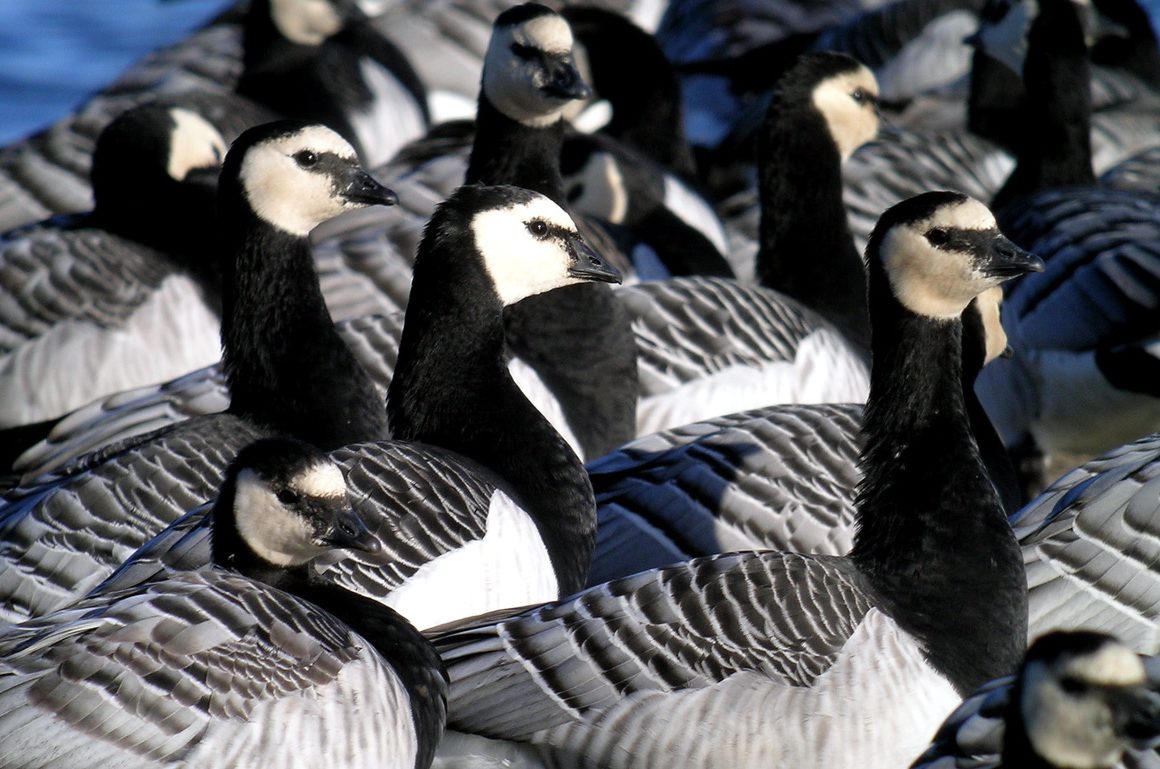
Serious birders may have an obsessive interest in birds, but as we all know one thing they don’t like are birds which, they believe, aren’t properly wild. Here in the UK it’s taken a long time for the purists to get used to Red Kites, which are now common and widespread throughout much of the country. They are nearly all descended from birds that were released initially over 30 years ago. Pheasants, released in great numbers for shooting, are regarded with disdain, while nobody has a good word to say about the flocks of Ring-necked Parakeets that now squawk noisily in all the London parks.
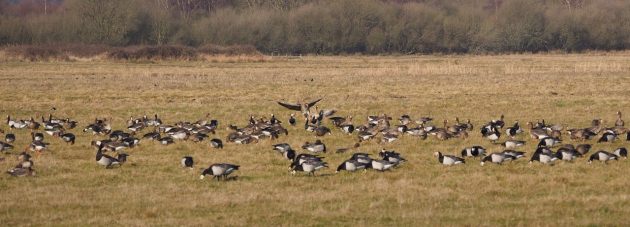
A mixed flock of Barnacle and Greater White-fronted Geese on the Suffolk coast, February 2018. Flocks of over 1000 Barnacles are recorded every winter in Suffolk
There’s one problem with this approach, as it can lead to birds being ignored. Here in Suffolk we now have impressive wintering flocks of Barnacle Geese, often numbering 1000 birds or more. Purist birders may take little interest in them, regarding them as no more interesting, or exciting, than Canada Geese, but are they missing something? According to Suffolk Birds 2023 “the birds in the county are an increasingly common feral resident”, but are they? Feral Barnacle Geese may have nested in Suffolk for many years, but the number of pairs remains relatively small, and certainly not sufficient to account for flocks of the size now seen every winter.
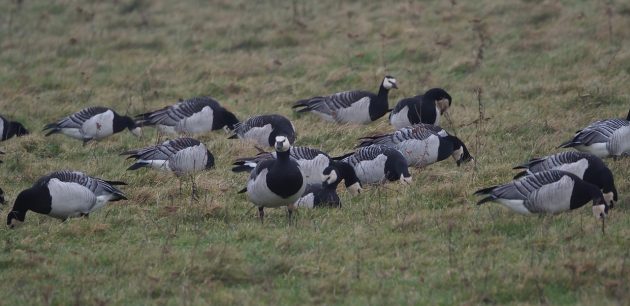
Suffolk Barnacles, January 2024
So where do these geese come from? My guess is that they are birds that move across from the Netherlands for the winter. The European Breeding Bird Atlas 2 makes interesting reading. “Originally confined to the Arctic, breeding [of Barnacle Geese] is now confirmed throughout much of the Baltic coast S North Sea. This change is evident for instance in the Netherlands, where the growing resident Dutch population is considered to be drawn from birds breeding around the Barents Sea and wintering in the Netherlands.” It goes on to say that the Dutch population is estimated at 16,000-22,00 pairs. The Atlas was published in 2020, so these numbers may have been grown since then, though I gather that the Dutch Barnacles have suffered badly from bird flu.
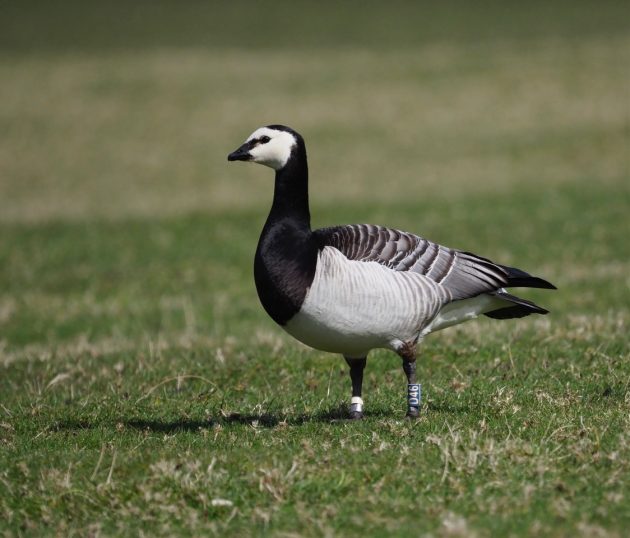
A feral Barnacle, photographed in North Norfolk in April
The Atlas attributes “the rapid increase of Barnacle Geese to several factors”, of which the most important seems to be improved protection of the Svalbard and Russian populations. As these geese spread naturally as nesting birds through the Baltic, then into Denmark and Holland, it’s hardly surprising that they should appear in Eastern England. It’s less than 200 miles from the Suffolk coast to that of the Netherlands, an easy flight for a powerful migratory bird such as this goose.
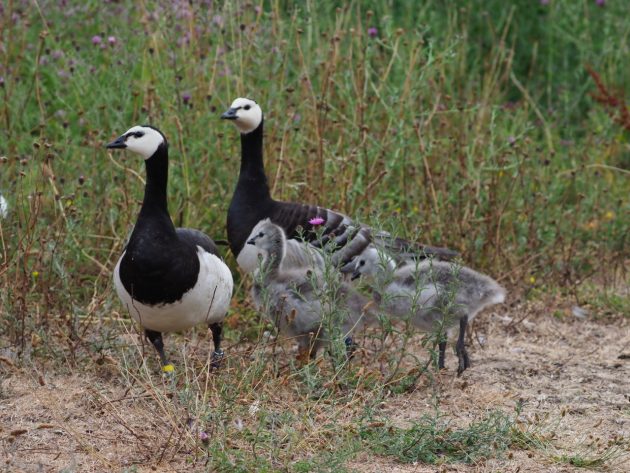
There is a long-established breeding population of feral Barnacle Geese in East Anglia. These were at Pensthorpe in Norfolk, July 2022
According to the Atlas, the combined population for the Russian, Baltic, Netherlands population is around 770,000 individuals, which is an awful lot of geese. I’ve watched migrating flocks of Barnacles streaming past the Baltic island of Öland in the autumn. The numbers heading south are huge, so much so that you think that the next day the flocks will be smaller, as there can’t be many more to come. You are wrong, for the next day, and the next, the flocks keep flying past in undiminished numbers. It’s spectacular stuff.
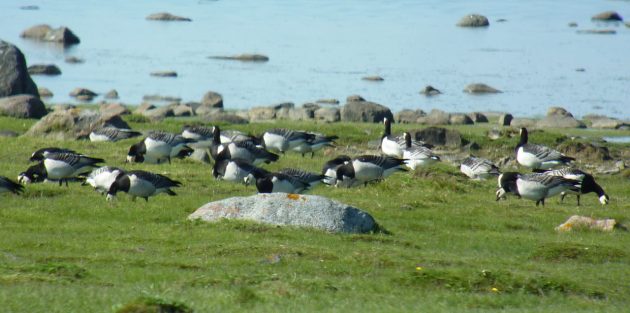
Migrant Barnacles in Estonia
Intriguingly, the population of Dark-bellied Brent Geese has also increased hugely during the same period, but the birds show no signs of colonising Europe, and there are hardly any records of them nesting away from the arctic tundra. (A pair did lay infertile eggs in Iceland in 2018, but that’s about the only record I can find). Significantly Brent have never bred prolifically in captivity, unlike Barnacles.
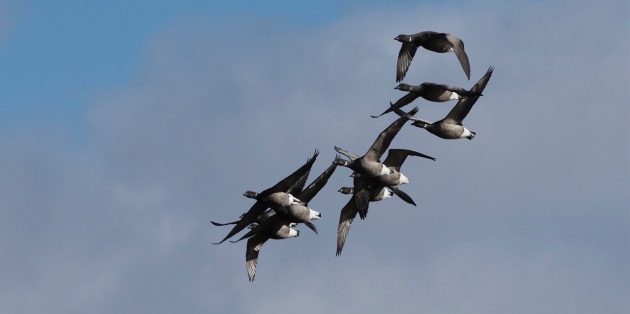
Though numbers of Dark-bellied Brent Geese wintering in Britain have increased dramataically in the last 50 years, they remain exclusively arctic nesters
There’s a certain magic in the migratory geese that fly to us every year from the arctic. Birds that have bred in Holland and simply flown across the North Sea may lack the same appeal, but it does seem most likely that they are descendants of pure wild birds, not from captive stock. Barnacles are lively, entertaining geese, attractively marked and with neat proportions. I for one really enjoy seeing the flocks that now winter on the Suffolk coast, and feel that it’s high time that we took more interest in them and their movements. Dismissing them as “naturalised” doesn’t do them justice.
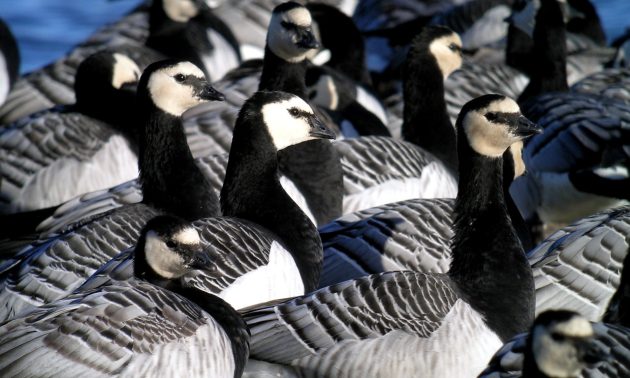





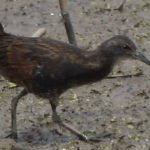

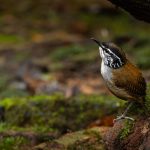


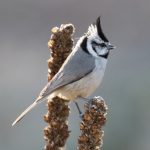
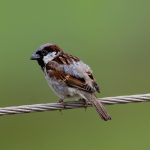
I have witnessed the growth of Barnacle Geese numbers in the Netherlands. Not even possible to grow a population that fast from escapees (they still outnumber Canada). Avian flu has been terrible indeed. They are lovely birds, by far my favourite goose species.